Tomato Recommendations by Color
I've created a short-list of indeterminate tomato cultivars that are good bets for growing on Pohnpei. With the exception of the last four, all of the varieties on this list are disease-resistant. I also selected types that tend to be small to medium, as larger tomatoes take longer to develop and are thus more prone to problems.RED
 Clermon (F1)
Clermon (F1)Round medium-sized red tomato with resistance to Tobacco Mosaic Virus, Fusarium Crown and Root Rot, Fusarium Wilt 1 & 2, Leaf Molds A-E, and Verticillium Wilt.
70 days to maturity.
15 seeds = $10.00
 Geronimo (F1)
Geronimo (F1)Round medium to large-sized red tomato with resistance to Tobacco Mosaic Virus, Fusarium Wilt 1 & 2, Leaf Molds A-E, and Verticillium Wilt.
78 days to maturity.
15 seeds = $10.00
 Granadero (F1)
Granadero (F1)Oblong medium-sized red sauce tomato with resistance to Tobacco Mosaic Virus, Fusarium Wilt 1 & 2, Powdery Mildew, Nematodes, Tomato Spotted Wilt Virus, and Verticillium Wilt.
75 days to maturity.
15 seeds = $6.00
 San Marzano 168 (F1)
San Marzano 168 (F1)Oblong medium-sized red sauce tomato with resistance to Fusarium Wilt 1 & 2 and Verticillium Wilt.
78 days to maturity.
40 seeds = $4.00
PINK
 Sunpeach (F1)
Sunpeach (F1)Deep pink cherry tomato with resistance to Tobacco Mosaic Virus, Leaf Molds A-E, and Fusarium Wilt 1.
60 days to maturity.
40 seeds = $5.00
 Chiquita (F1)
Chiquita (F1)Small oblong-shaped rose-pink tomato with resistance to Fusarium Wilt 1.
63 days to maturity.
40 seeds = $6.00
YELLOW / ORANGE
 Yellow Mini (F1)
Yellow Mini (F1)Sweet yellow cherry tomato with resistance to Tobacco Mosaic Virus and Fusarium Wilt 1.
57 days to maturity.
40 seeds = $6.00
 Golden Sweet (F1)
Golden Sweet (F1)Small oblong yellow tomato with resistance to Leaf Mold A-E, Late Blight, and Fusarium Wilt 1.
60 days to maturity.
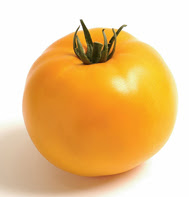 Beorange (F1)
Beorange (F1)Round medium-sized yellow tomato with resistance to Tobacco Mosaic Virus, Leaf Mold A-E, Verticillium Wilt, Fusarium Wilt 1 & 2, and Fusarium Crown and Root Rot.
75 days to maturity.
15 seeds = $20.00
 Sun Gold (F1)
Sun Gold (F1)Sweet tangerine-orange cherry tomato with resistance to Tobacco Mosaic Virus and Fusarium Wilt 1.
57 days to maturity.
40 seeds = $4.00
 Golden Rave (F1)
Golden Rave (F1)Small oblong yellow tomato with resistance to Fusarium Wilt 1.
67 days to maturity.
15 seeds = $4.00
GREEN
 Green Zebra (OG)
Green Zebra (OG)Medium light and dark green-striped tomato. No disease resistance.
72 days to maturity.
40 seeds = $4.00
 Aunt Ruby's German Green
Aunt Ruby's German GreenMedium light green tomato sometimes marbled with pink. No disease resistance.
85 days to maturity.
25 seeds = $2.50
PURPLE / BROWN
 Black Krim (OG)
Black Krim (OG)Medium to large deep brown/purple tomato. No disease resistance.
80 days to maturity.
40 seeds = $4.00
 Cherokee Purple (OG)
Cherokee Purple (OG)Medium to large deep brown/purple tomato. No disease resistance.
72 days to maturity.
40 seeds = $4.00













.jpg)





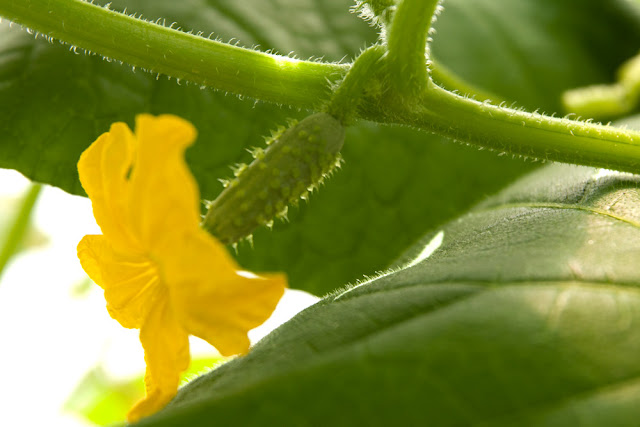
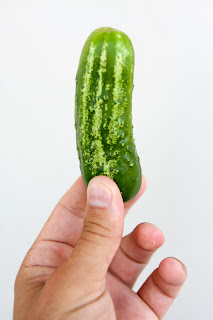




 The following tomato varieties have been bred to be resistant to Leaf Mold, a common tomato plant disease.
The following tomato varieties have been bred to be resistant to Leaf Mold, a common tomato plant disease. Though not entirely immune, the following tomato varieties have been bred to be resistant to the verticillium fungus. Pictured: Big Beef F1.
Though not entirely immune, the following tomato varieties have been bred to be resistant to the verticillium fungus. Pictured: Big Beef F1. Verticillium Wilt is a fungal disease affecting the vascular system of host plants. It is caused by three species of the Verticillium genus. Tomatoes, potatoes, eggplants, and peppers are most vulnerable. The disease obstructs the flow of nutrients through the xylem, resulting in wilting of the leaves and stem and eventually the death of the plant. Symptoms look very similar to
Verticillium Wilt is a fungal disease affecting the vascular system of host plants. It is caused by three species of the Verticillium genus. Tomatoes, potatoes, eggplants, and peppers are most vulnerable. The disease obstructs the flow of nutrients through the xylem, resulting in wilting of the leaves and stem and eventually the death of the plant. Symptoms look very similar to 

 Though not immune, the following tomato varieties have been bred to be resistant to the
Though not immune, the following tomato varieties have been bred to be resistant to the  Fusarium Wilt is a fungal disease affecting the vascular system of host plants. It is caused by the Fusarium oxysporum fungus. Tomatoes, beans, sweet potatoes and bananas are particularly susceptible. The disease causes wilting and eventually death of the plants leaves, starting near the bottom and moving up. The plant becomes stunted, the leaves yellow and fall off, and eventually the entire plant may die.
Fusarium Wilt is a fungal disease affecting the vascular system of host plants. It is caused by the Fusarium oxysporum fungus. Tomatoes, beans, sweet potatoes and bananas are particularly susceptible. The disease causes wilting and eventually death of the plants leaves, starting near the bottom and moving up. The plant becomes stunted, the leaves yellow and fall off, and eventually the entire plant may die. SOIL REQUIREMENTS
SOIL REQUIREMENTS




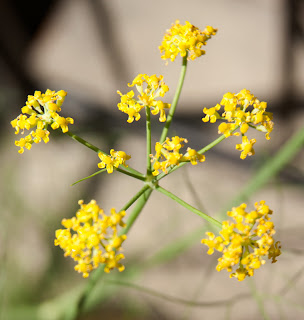


 MY STATUS:
MY STATUS:  HARVESTING
HARVESTING



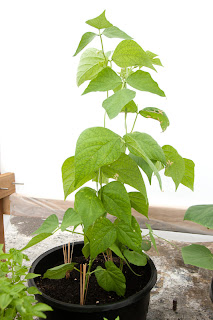


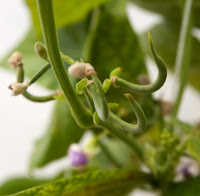



.jpg)






